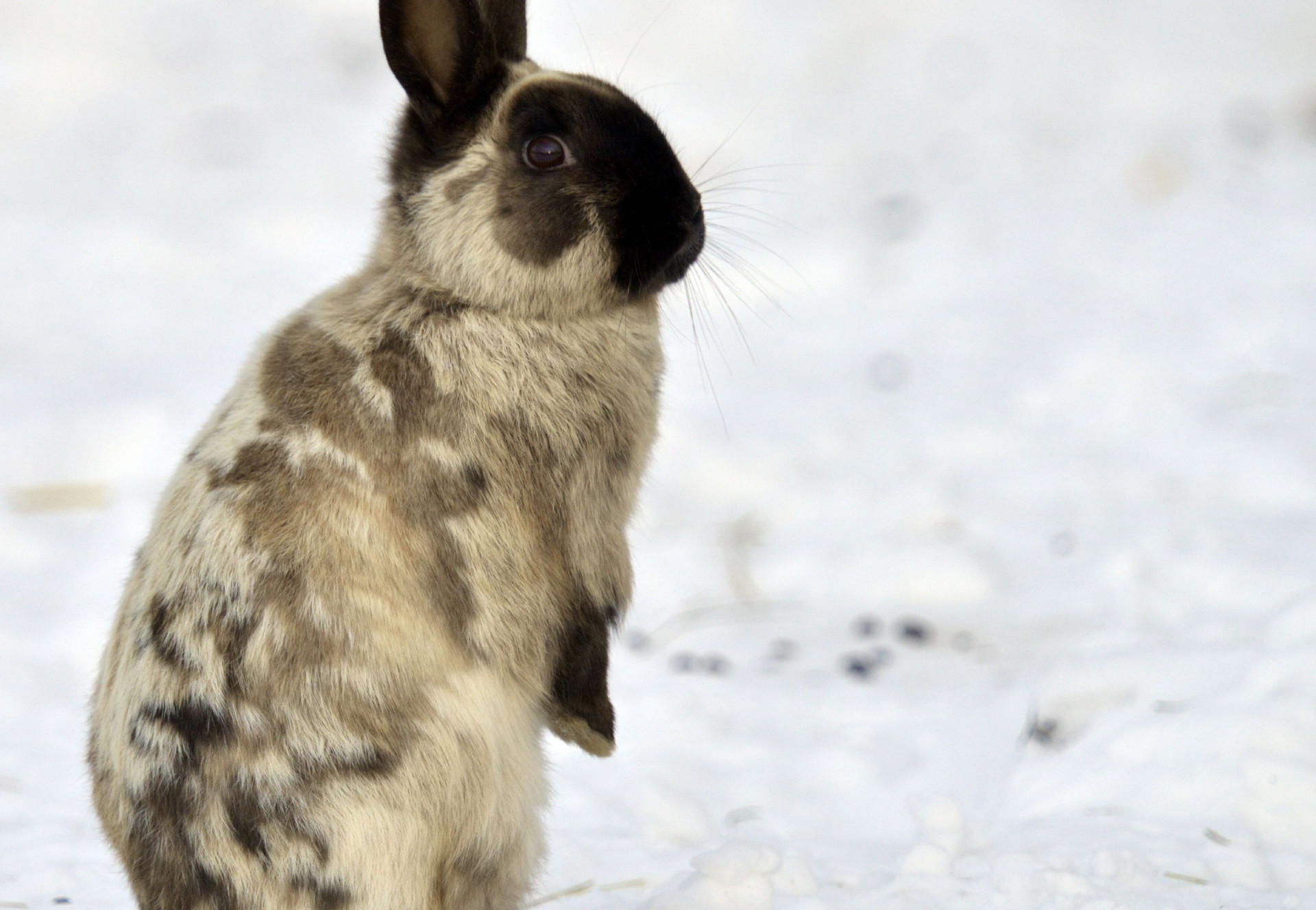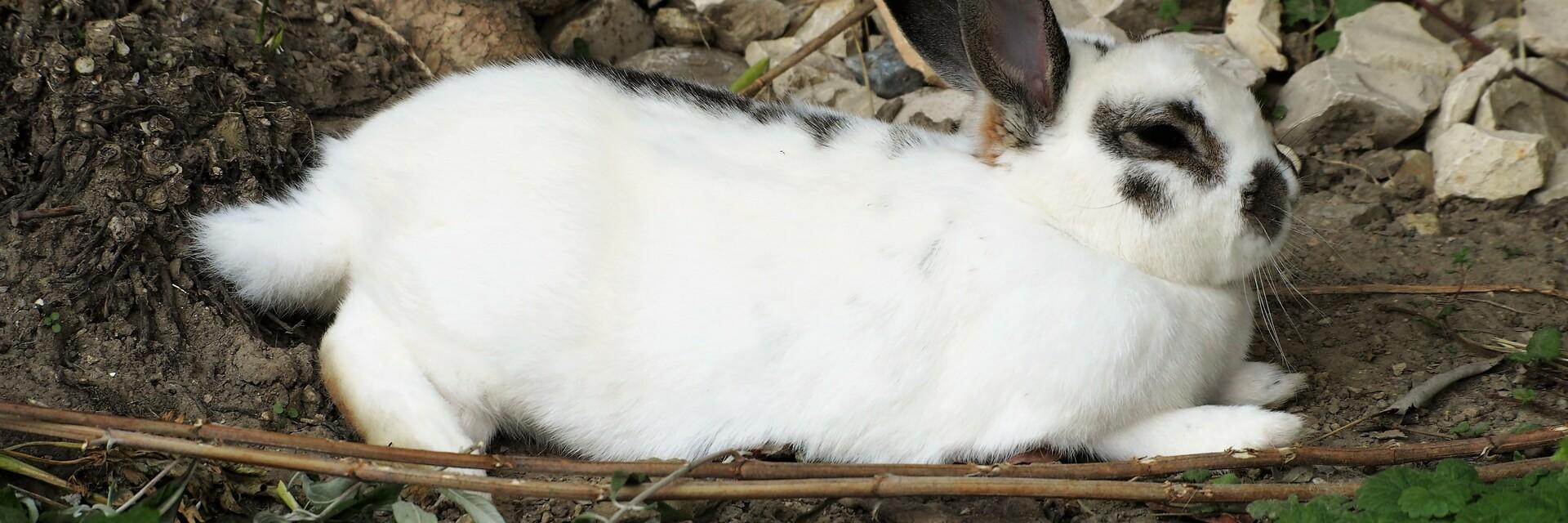
Rabbit Winter Care
A how-to guide to making your rabbit enclosure winter-proof
Winter can be a challenge for pet rabbits especially if they are kept in an outdoor enclosure so it is very important that you consider your pet rabbit’s needs during the winter season.
While rabbits can naturally handle cold temperatures well, if they are kept in the wrong conditions they may suffer from hypothermia and frostbite. Smaller rabbit breeds are more at risk than larger ones because they cannot conserve heat so well.
To ensure your pet rabbit feels comfortable in winter you should make sure your rabbit enclosure is fully winter-proof before the start of the cold weather. You should also ensure that new pets are used to the outdoor enclosure in time for winter (from spring onwards).
Below are some tips on how you can make your pet rabbit comfortable this winter.
What to focus on:
Create cosy sleeping and nestling areas
- A drought-proof winter hutch and enclosure should be set up; with a little technical skill this can be a straightforward task. The hutch/enclosure should be protected against rain, wind and snow so that bedding straw/litter in the interior does not become damp.
- If several animals are to share the winter hutch/enclosure it must be large enough for all of them.
Keep off the ground
- The enclosure and hutch should include several elevated levels to enable your rabbits to retreat to different levels if the ground is very cold; in particular, the sleeping compartment must not be too close to the ground, as it may be at risk of ground frost.
Insulation
- Ensure the outside walls and the floor of the sleeping compartment are insulated. Thick polystyrene plates are good for this, although make sure you cover them as rabbits gnaw everything!
Protected roof
- Tarpaulins are useful to protect the roof of the rabbit hutch from rain, wind and snow.
Litter
- Litter such as straw or paper should be spread generously and thickly on the ground; this insulates well against the cold and gives the rabbits nice warm nesting material.
Heat lamp/self-heating pad
- Depending on the outside temperature, rabbits may need a heat lamp. It must however be properly installed and used. Self-heating pads can also provide a good heat source but be aware they must be continually reheated.
Heating device for water bowl
- Water freezes quickly in winter, so it is essential to ensure that water is always available for your rabbits.
- There are several ways to do this: for example you can use heated bowls (available in pet shops), you could place heated flat stones or stone plates under the bowls (the stones can be heated in the oven), or you could place the water bowls under a heat source (such as a heat lamp). Just ensure that the water is tepid and not hot.
- Even with a heating device, the water must be checked several times throughout the day and replaced if necessary.
- Daily fresh water is essential in rabbit keeping at any time of year.
Fresh hay
- Hay is the staple food of rabbits and must always be available to your rabbits.
Extra food
- A portion of extra food during winter is recommended as it helps rabbits to build additional fat reserves against the cold.
Sufficient scope for movement
- Rabbits require a sufficiently large outdoor enclosure to be able to move around extensively, perform their natural behaviour and keep warm.
At least one partner


